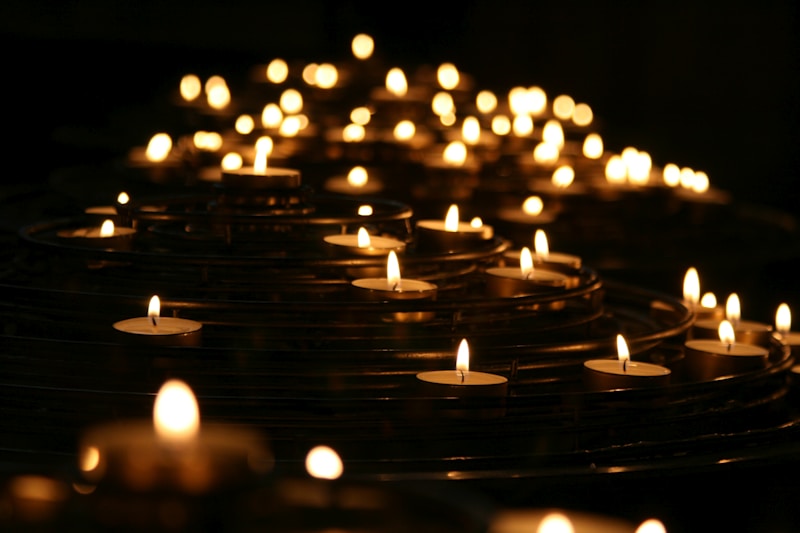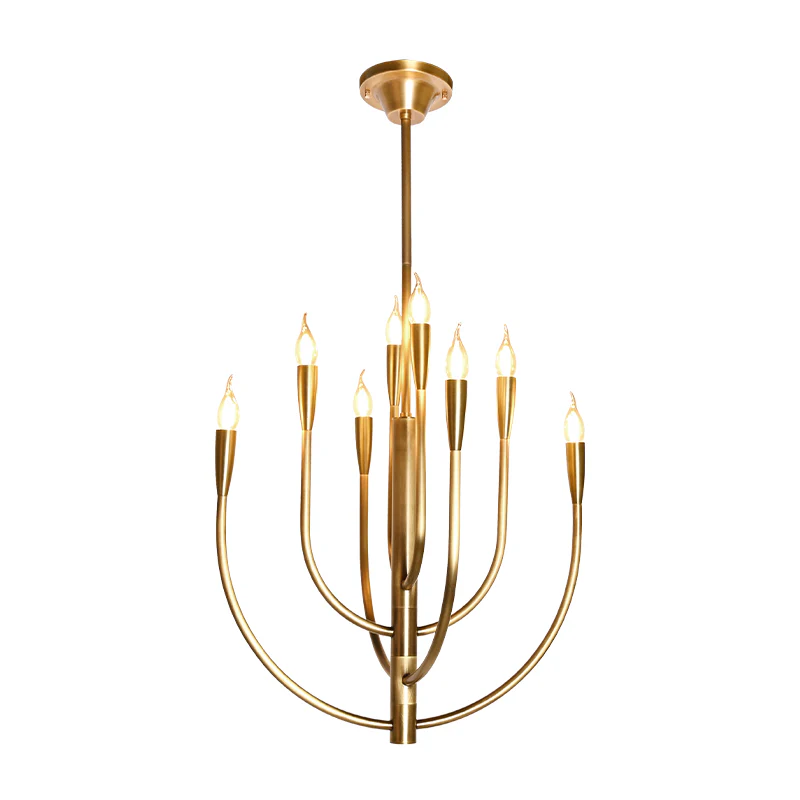Exploring the Enchantment of Artistic Light Installations
Exploring the Enchantment of Artistic Light Installations
In recent years, artistic light installations have captivated audiences worldwide, transforming urban spaces and indoor venues into mesmerizing displays of creativity and illumination. These installations go beyond mere decoration; they evoke emotions, tell stories, and invite viewers to engage with art in a way that is both interactive and immersive. This article will explore the significance, types, and impact of artistic light installations, as well as notable artists in this vibrant field.
The Essence of Artistic Light Installations
Artistic light installations utilize light as a medium to create visual artwork, often incorporating modern technology and innovative design. These installations can be found in various settings, from public squares to festivals and galleries, offering a unique experience that combines art and technology.
Why Light Installations Matter
The role of light in art has evolved significantly over the years. Initially, light served primarily as a tool for visibility, but in contemporary art, it has emerged as a powerful medium for expression. Artistic light installations not only beautify public spaces but also promote community engagement, provoke thought, and stimulate cultural dialogue.
Types of Artistic Light Installations
Artistic light installations come in various forms, each offering a unique experience. Here are some prominent types:
| Type | Description |
| Interactive Installations | These installations invite viewer participation, often using sensors to change the light patterns or colors based on movement. |
| Projection Mapping | A technique that transforms objects into a display surface for video projection, often used in events and performances. |
| Sculptural Light Installations | These feature physical structures that incorporate lighting elements, creating a three-dimensional experience. |
| Light Art in Nature | Installations that blend with natural surroundings, enhancing the environment's beauty without disrupting it. |
Notable Artistic Light Installations Around the World
Across the globe, many renowned artists and collectives have gained recognition for their breathtaking light installations. Here are a few notable examples:
- James Turrell: An American artist known for his large-scale installations that manipulate light and space. His "Roden Crater" project is a prime example, showcasing a series of chambers and tunnels that create striking visual experiences.
- TeamLab: This Tokyo-based art collective specializes in interactive installations that invite viewers to engage with light and color. Their "Borderless" exhibition in Tokyo features immersive environments where digital light flows and changes dynamically.
- Olafur Eliasson: Known for his environmental installations, Eliasson's work often includes the interplay of light and natural elements. The "Weather Project" at Tate Modern is a landmark work that creates an artificial sun using light and mist.

During Festivals and Events
Many cities host annual festivals dedicated to artistic light installations, showcasing both local and international talent. Events like Festival of Lights in Berlin and Vivid Sydney in Australia attract millions of visitors, turning cities into a canvas of light and color. These festivals not only highlight artistic innovation but also encourage tourism and community involvement.
How to Experience Artistic Light Installations
To fully appreciate the beauty and intricacy of artistic light installations, consider the following tips:
- Visit During Festivals: Check local events and festival calendars to experience vibrant light displays in person.
- Engage with Interactive Installations: Many installations are designed to be touched and interacted with, heightening your experience.
- Participate in Guided Tours: Many galleries and public spaces offer guided tours that provide background and insights into the installations.
- Explore Online Exhibitions: Many artists now showcase their work online, allowing global audiences to experience light installations remotely.
The Environmental Impact of Light Installations
As beautiful as these installations are, they often raise questions regarding energy consumption and environmental sustainability. Artists and designers are increasingly incorporating sustainable practices and technology, such as LED Lights and solar power, into their installations. This trend not only reduces energy usage but also sets an example for how art can harmoniously coexist with nature.
Challenges in the Artistic Light Installation Field
Despite their popularity, artistic light installations face several challenges:
- Funding: Securing funding for large-scale installations can be difficult, often requiring collaboration between artists, sponsors, and local governments.
- Maintenance: Light installations that are public or outdoors require regular maintenance, which can be resource-intensive.
- Technological Limitations: Artists must stay informed about the latest technology to ensure their installations remain innovative and appealing.
Future Trends in Artistic Light Installations
As technology continues to advance, the future of artistic light installations looks promising. Potential trends include:
- Augmented Reality (AR): The incorporation of AR could lead to hybrid installations that blend physical art with digital elements.
- Smart Installations: The use of AI and machine learning could allow installations to adapt in real-time based on viewer interactions or environmental changes.
- Sustainability Focus: More artists will likely prioritize eco-friendly practices and materials in their work.
Conclusion: The Impact of Artistic Light Installations
In conclusion, artistic light installations represent a dynamic intersection of art, technology, and human experience. They invite us to engage with our environment in transformative ways, often leading to community connection and dialogue. As we continue to witness innovations in this field, it is essential to support and celebrate the artists and technologies that push the boundaries of creativity.
For anyone interested in exploring this vibrant art form, consider visiting local exhibitions, attending light festivals, or even creating your own installations. The possibilities are as limitless as our imagination, and the world of light art awaits!
Tips: When visiting installations, be respectful of the artwork and the artists' vision. Engage thoughtfully and appreciate the intricacies involved in these stunning displays of creativity.
